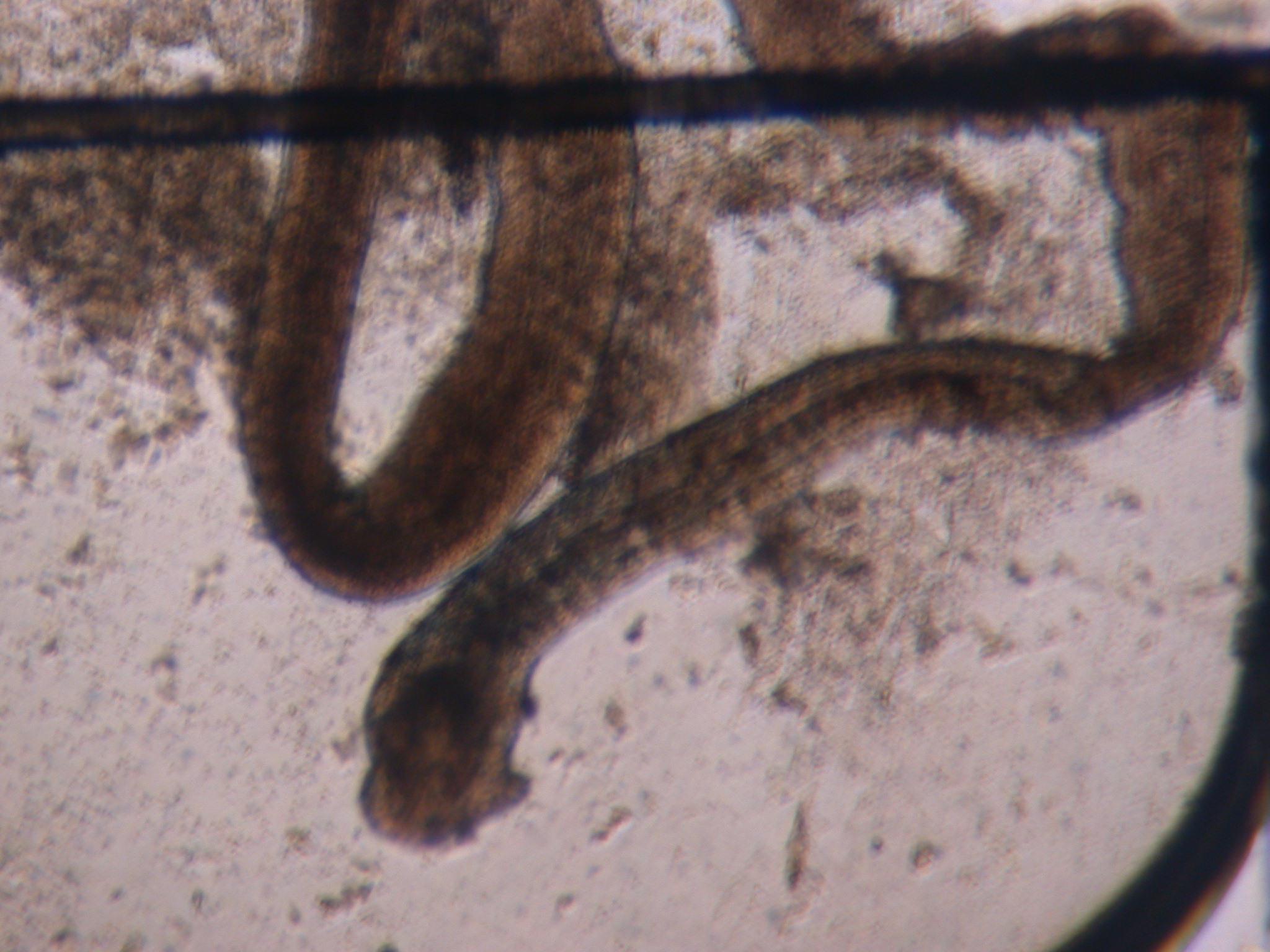Disease Risk Management


Disease Risk Management
Effective conservation translocation and re-wilding techniques require careful management of risks from disease. Wild Animal Health will implement evidence-based disease risk management methods including biosecurity, quarantine barriers, therapeutic protocols and health monitoring. Biosecurity methods reduce the threats from intensification of parasites which can cause disease when wild animal are under stress.
Quarantine barriers prevent contact between wild animals and novel, non-native parasites which have been associated with epidemic disease and extinctions of translocated wild animals. Therapeutic protocols may be required to reduce the disease threat from parasites when wild animals are translocated. Robust health monitoring techniques enable the health and welfare of translocated wild animals to be well maintained at all times in the translocation process.
Quarantine barriers prevent contact between wild animals and novel, non-native parasites which have been associated with epidemic disease and extinctions of translocated wild animals. Therapeutic protocols may be required to reduce the disease threat from parasites when wild animals are translocated. Robust health monitoring techniques enable the health and welfare of translocated wild animals to be well maintained at all times in the translocation process.
